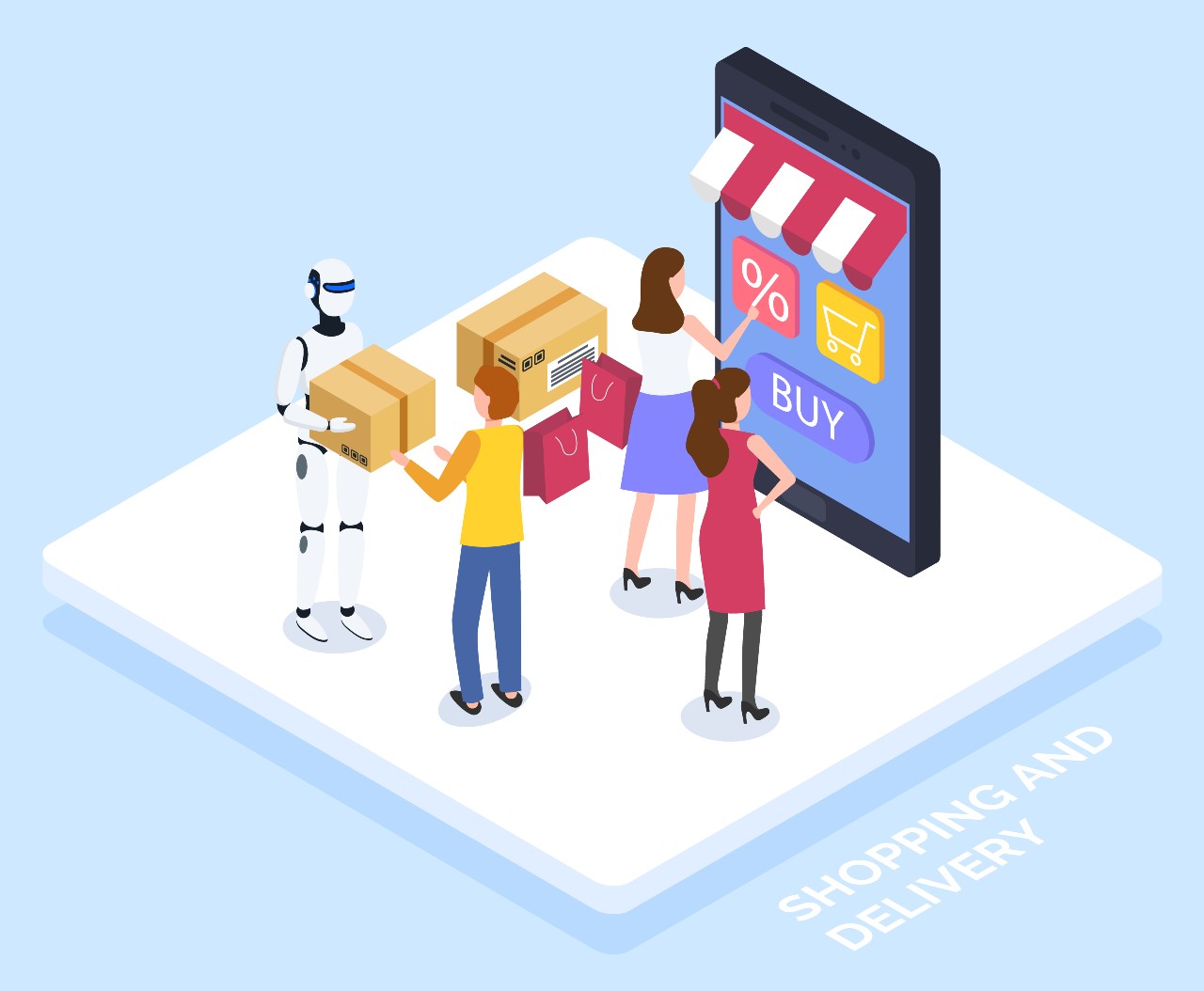Recently, Rohit Nagpal, Absolutdata’s Chief Customer Officer, joined Jesta I.S. president Arvind Gupta on the Jesta podcast Taking Stock: Talking All Things Retail.
During the discussion, they covered many insights into how AI impacts retail and what to expect in the future. In this article, we’ll summarize some of the key points from the podcast. You can listen to the entire 22-minute episode on YouTube.
Defining AI in Retail
Right now, AI is something of a buzzword; everyone seems to have a different definition of what it is. Essentially, it’s a branch of computer science that makes computers behave like humans. AI can use audio processing, computer vision, language processing, video processing to acquire information. It can then analyze that information and use it to build recommendations.
AI’s Current Retail Use Cases
Before the COVID-19 pandemic, the retail industry was already undergoing a digital transformation. Physical stores were competing against e-commerce – and then the pandemic hit. It was like a perfect storm. How would retailers address the needs of the COVID world and reinvent themselves for the post-COVID world? Using AI to reinvent the retail landscape increases their customer understanding and refine their outreach techniques.
We currently see many things in the customer-facing aspects of AI, like marketing and sales. You’ll see more back-end things like forecasting and supply chain management being handled by AI in the future.
Digital Twins and Retail
There are a lot of questions about getting started in retail. First, of course, retailers should determine what their goal is and who they want to address. Then you can move to the solutions and technology that will support that.
At Absolutdata, we’ve used digital twins to help retailers benefit from AI. A digital twin is a digital representation of a physical thing: a store, a consumer, a product, a process. A digital twin is constantly being refreshed with new data from multiple sources to make sure it’s wholly synced, a living, dynamic model. You can then use this model to run various simulations and see what needs to be adjusted and what’s likely to happen. We’ve seen digital twins at work in the COVID-19 pandemic, and we’ve learned from that.
The Benefits and Use Cases of Digital Twinning
AI makes it easier to learn your customers’ preferred communication channels; digital twins take it to the next level and help retailers personalize. This method incorporates holistic engagement and outreach strategies to attract and inspire customers.
Right now, the most extensive use case for digital twins in retail is creating personalized offers and building customer engagement. But remember, digital twins can be applied at other levels, like the store level. They can help you discover what’s doing well and what can be automated or streamlined. Digital twins can be applied end-to-end in the retail process, so there are many potential use cases.
The Future of AI in Retail
Of course, AI will continue in retail. Every retail enterprise is going digital – not just moving to a Cloud-based platform, but embracing digital transformation. And really, that’s all about being customer centric. The first component of a digital platform is the experience layer, which is design, connection, interaction, and user experience. The other layers are the software and tools and the Cloud itself, but it’s AI that stitches everything together and makes it meaningful. The transformation started before COVID-19 and it’s here to stay.
To listen to the entire podcast, click here.
Related Absolutdata products and services: NAVIK AI Platform, AI & Data Sciences, NAVIK MarketingAI































